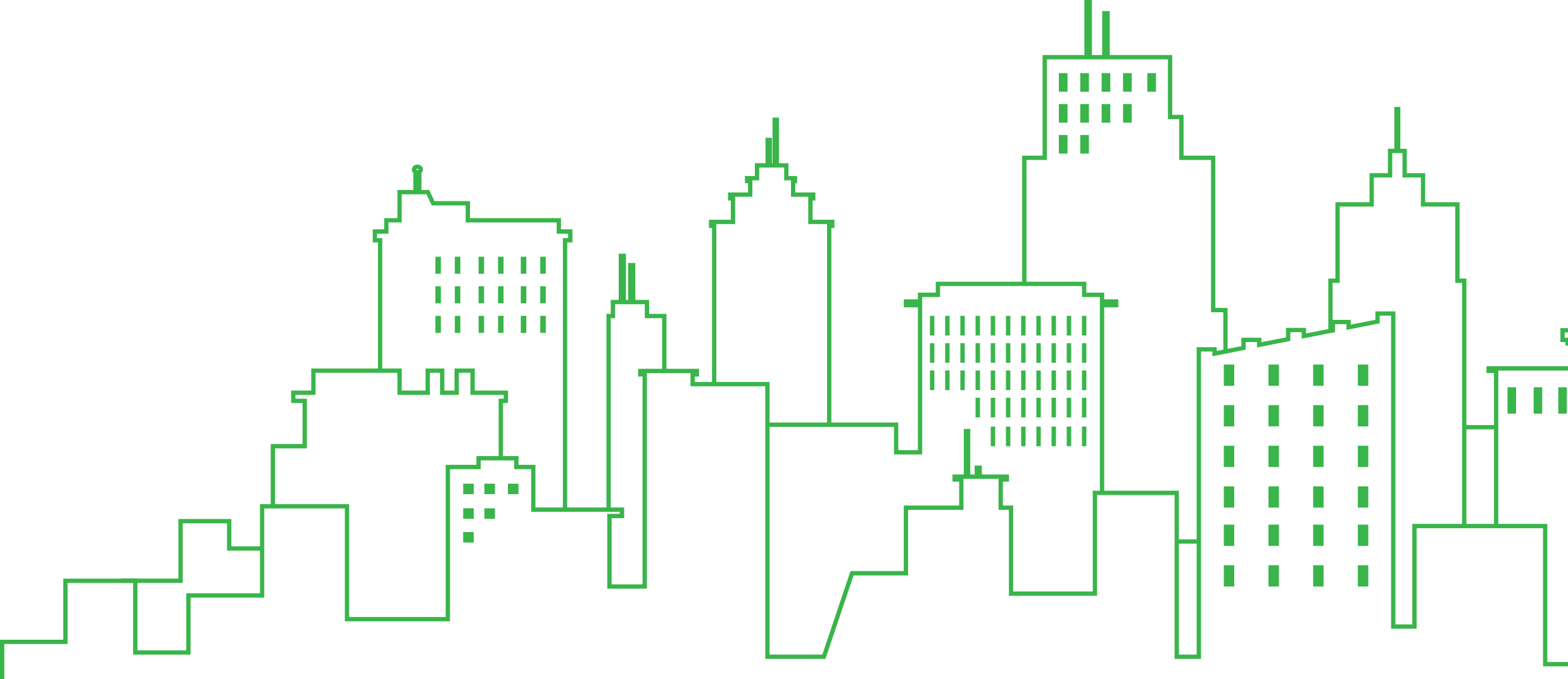COHORT 3

The ACR+ member city of Belfast is the unique territory of cohort 3 of the More Circularity, Less Carbon campaign. It started gathering data (from 2020) to quantify the whole-life carbon impacts of its household waste in 2022.
Report
About Belfast
Belfast is the capital and largest city in Northern Ireland, with a population of 342,600 in 2020. That year, the total amount of household waste generated by household (excluding "assimilated" commercial waste) in the city was estimated to be 147,321 tonnes, representing around 430 kg/capita.
Waste collection and separation
Waste collection is organised differently in the city centre and in the outskirts of the city, resulting in different collection streams for dry recyclables and organic waste. Residual waste (kerbside & Household Waste Recycling Centres ) street sweeps and bulky waste accounts for about 60% of the total collected quantities, while organic and recyclable waste collected on the kerbside and in bring banks represents about 30%. The remaining 10% of the total quantity is the recyclables collected at Household Waste Recycling Centres (HWRC) / civic amenity sites.
Waste treatment
43% of household waste is sent to recycling/composting, while the rest is sent to incineration and landfilling. Approximately 65% of residual waste is sent to a sorting facility (“dirty Materials Recovery Facility”) that extracts recyclable materials to send for recycling, while the rest is either recovered as (RDF)/Solid Recovery Fuel (SRF) or sent to landfill.
Regarding the other fractions, 44% of food waste is selectively collected, with 75% of the selectively collected food waste being collected together with garden waste at the kerbside. The remaining food waste stream is collected by means of a segregated, weekly collection. The rest is mostly collected together with residual waste. Most paper and packaging waste is collected at the kerbside, either co-mingled or by means of segregated collection with paper/cardboard. Only about 40% of glass waste is selectively , mostly through kerbside collection, the HWRCs, and a network of bring banks. About 88% is sent to closed-loop recycling (e.g. bottle to bottle), while the rest recovered from the residual waste stream is sent to open-loop recycling as aggregate substitute.
Data collected for the analysis also include re-use. Quantities are reported for three fractions: about 30 tonnes of large WEEE are re-used, as well as about 1 tonne of furniture and 3.3 tonnes of bikes.
Carbon Impact of Household Waste
The Carbon Metrics International analysis showed that Belfast’s household waste generated approximately 360 000 tonnes of CO2 equivalent or 1.05 tCO2/capita in 2020. This includes the emissions associated with the management of household waste, but also the emissions embodied in waste, meaning the emissions that were generated during the production of the products that became waste. This is roughly 10% of the total 11.9 tCO2eq per capita emitted in Ireland in 2020.
However, a more detailed analysis shows that Belfast’s waste management operation is net carbon negative: carbon saved through recycling was more than the carbon impacts of landfilling and incineration! These savings are attributed to the substitution of raw material with recycled materials, thus avoiding the extraction and processing of raw materials and associated emissions. It is really the emissions embodied in the waste that accounts for the net CO2 emissions – emissions due to resource extraction, production, manufacturing etc. of the products, which are “wasted” when the products are discarded. This recalls that waste prevention always offers the greatest carbon savings. When it comes to key waste fractions, textile waste, plastic waste and food waste have the highest carbon footprint, as with previous participants of the MCLC campaign. Textile waste is an interesting example of how different indicators show very different results: Textile waste has little impact compared to other waste categories when measured only by weight; however, it has the highest carbon footprint.
Strategy to reduce the waste carbon footprint
To achieve a 25% reduction by 2025, Belfast must reduce its waste carbon impacts by approximately 90 thousand tCO2eq, to a total of 270 thousand tCO2eq.
Results suggest Belfast can meet the 2025 carbon reduction target by adopting one of the following strategies:
- Reduce the amount of textile waste by 50%, food waste by at least 20%, and other targeted waste materials (i.e., plastic, paper and cardboard, and health care and biological waste) by 20%; or
- Reduce textile waste by 30%, food waste by 50%, and other targeted materials by 20%.
- Introduce a waste reduction target of 25% for all
Prevention and re-use encompass the main potential for reduction, but significant reductions could also be achieved by increasing the recycling of plastic, meaning increasing the collection rate and quality of sorted plastic. However, the benefits associated with recycling are generally significantly lower than those associated with prevention and re-use.
Want to know more? Read the full report on the Carbon Footprint of Waste of Belfast.




